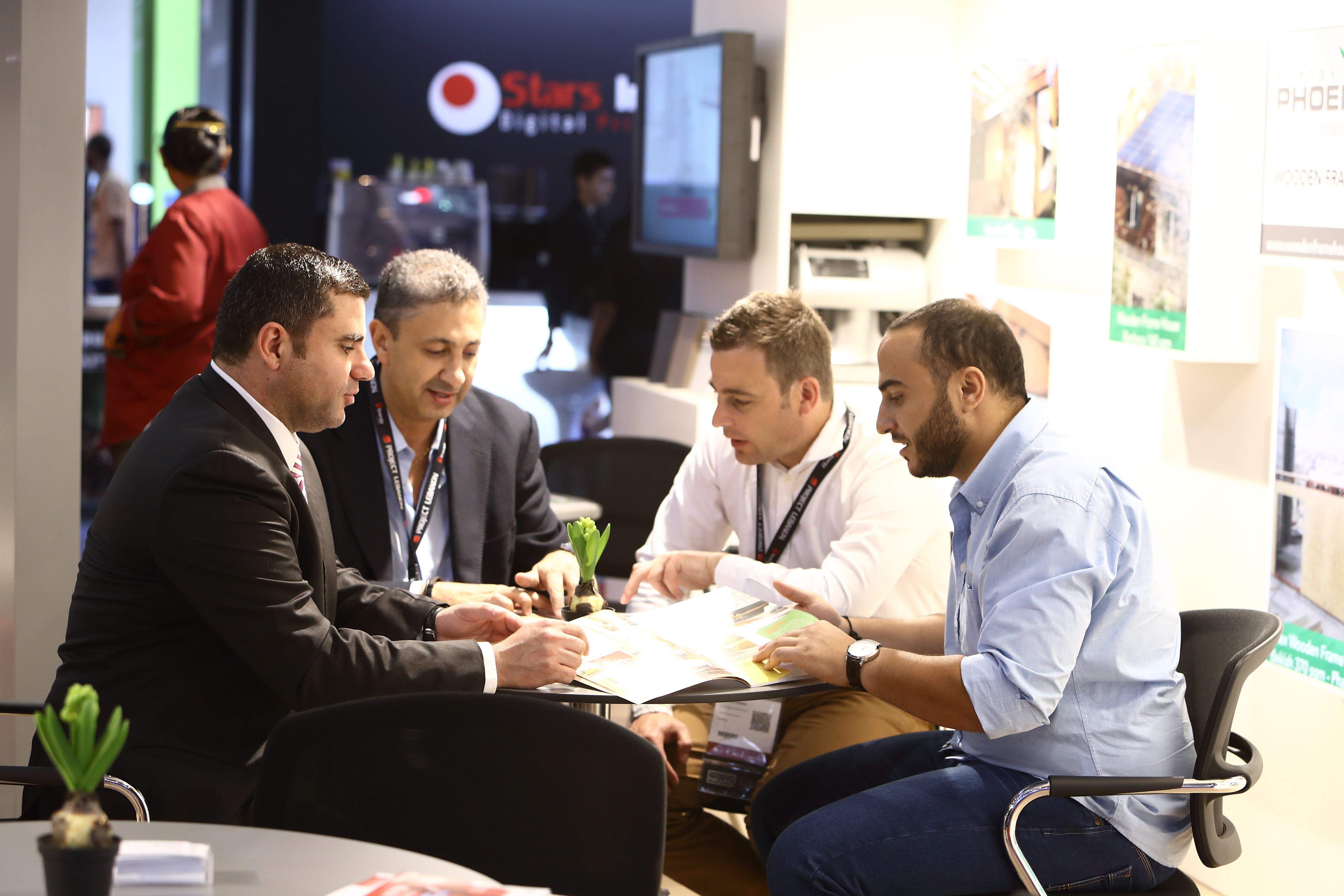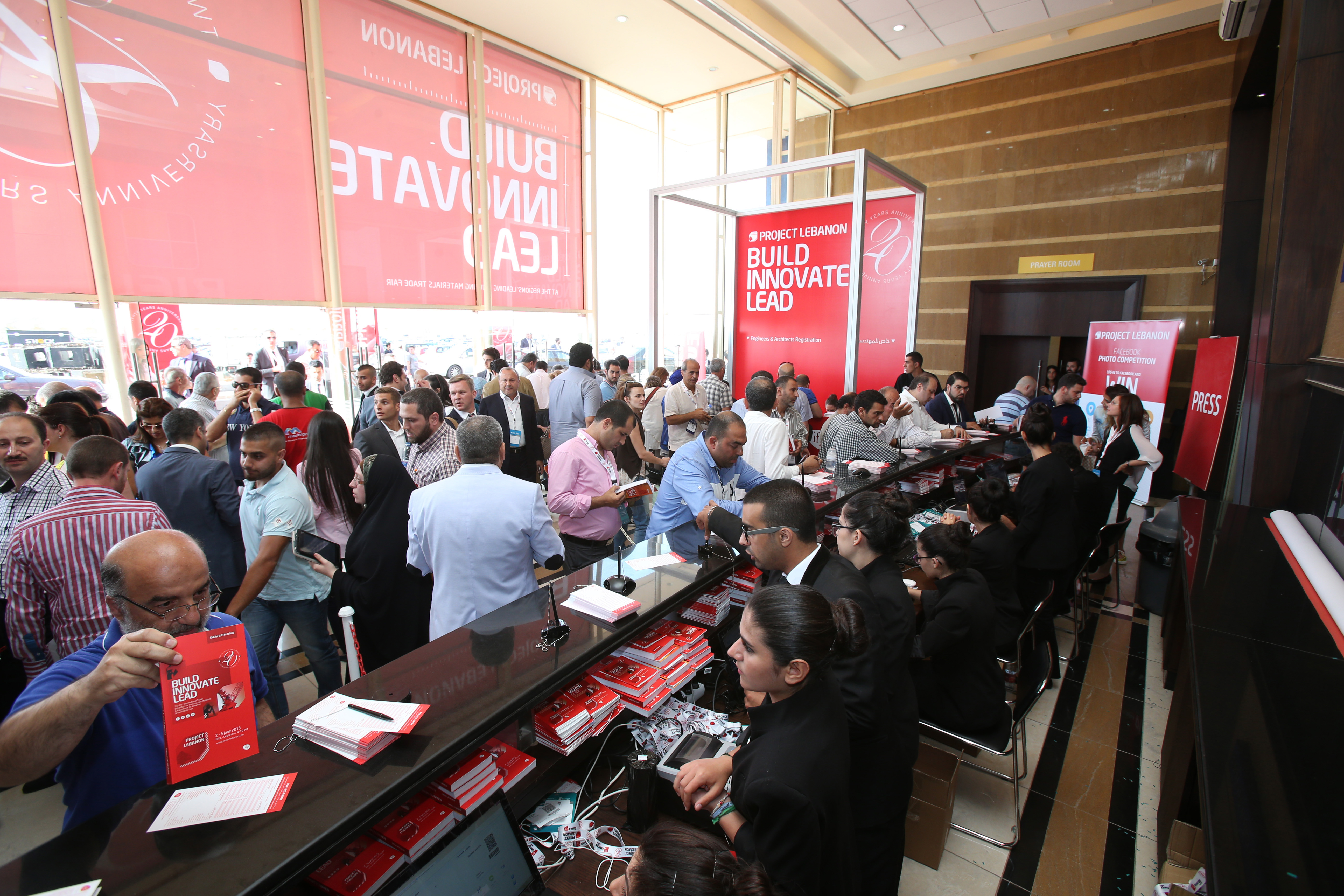The international events logistics industry is an unsung hero of the industry, say its champions
Charged with the physical movement of material to and from an event site, as well as for contractors providing customs clearance, lifting, handling, trucking and storage services, the logistics industry is competitive, with a focus on customer service.
The exhibition logistics industry has seen many changes, including a huge increase in smaller industry focused logistics companies, especially in key event locations such as Germany and the UAE, says Agility Fairs & Events Logistics business development director Garcia Newell.
“Logistics contractors have also raised the bar in customer service. With the exit of the UK from the EU looming, there potentially could be Customs border formalities; watch this space,” he adds.
Event logistics association, the IELA, says logistics is the key for success, whether a customer wants to hold an exhibition in their hometown or the other side of the earth. “One of the new and interesting challenges is the differences in national regulations. IELA is working on the compilation of firm OH&S guidelines in compliance with its standards of performance for all members to follow. These guidelines are aimed at being the minimum standards if local OH&S guidelines are not strict enough,” says IELA’s executive director Elizabeth Niehaus.
These standards are vital to ensuring a credible industry, according to Ravinder Sethi, founder and chief executive officer, RE Rogers, who says quality and regulations are vital in a changing world. “I’m playing a lead role in the various associations (UFI, IEIA, IAEE, and IELA) where I’m involved at the highest level.
People ask what organisers should demand from the logistics sector, and the answer is obvious - giving a high level of service at competitive prices. And, of course, make sustainability and H&S a must in its operations,” he adds.
“But, I’d also ask what logistics companies should demand from organisers. I ask for service providers to be treated as partners, and not contractors. More and more organisers very sadly appoint us with royalties and commissions to be more relevant than the quality of services we offer.”
“The geographics are changing rapidly in India today. The market is expanding from the traditional Delhi, Mumbai and Bangalore locations to cities as Chennai, Jaipur, Ahmedabad, Goa, etcetera. So, our challenge is to remain market leaders with these changing geographics as well.
He adds that having developed a presence in Goa, Chennai and Ahmedabad is proof that RE Rogers is meeting this challenge head-on. “The logistics sector will pretty much remain the same from an operations point of view. One significant change would be giving Sustainability and health and safety a top priority in these operations,” he adds.
Newell reaffirms the importance of association support. “I am a great believer in strength in numbers. Being part of associations such as IELA, ESSA and others allows logistics and other contractors to come together to discuss and set industry standards that enhances the overall show logistics experience. Being a member of an association is very important, and is much more than joining and using the logo for promotion; to really make the association work for your company, members must get involved with issues that are pertinent to our industry,” he adds.
Operating alongside industry associations and standards provide a framework to the way to do business, adds Paul Brady, sales and marketing executive, CEVA Showfreight. “Ultimately driving us to deliver long term value for all our stakeholders. An agreed set of standards are good for the customer and ensure the industry is pulling in the same direction.”
There are also technical innovations occurring, with a number of logistics companies creating IT solutions such as show/event dedicated online web portals and traffic/on-site management systems, but Newell says having a strict USP helps you stand out.
“I believe its our ability to listen. By listening to our customers we have been able to understand more about their actual needs, and then having taken everything on board, tailor logistics solutions that are a match for what is required,” he adds.
DHL DE’s Judith Oppermann adds that digitalisation has truly reached exhibition logistics. “Tailor made solutions are a significant trend and will probably draw a new landscape to this sector. Having our own Innovation Centers in place, makes DHL well prepared and a leading innovation partner. Communication is so much faster now than a couple of years ago. Things which have been unimaginable a decade ago are now the standard nowadays. The real time tracking of goods is just one example of many.”
The biggest change in the industry has to be technology, according to Brady. “From eco-friendly hybrid vehicles and tracking devices, to on-site traffic management systems and electronic signature capture, we have seen our industry develop dramatically.”
Brady points to the EN Award winning Vehicle Recognition System (VRS), which CEVA designed in-house. VRS is a traffic management tool that helps freight achieve a transition from the lorry park to stand. “It provides CEVA and the organiser with an array of information about the vehicle, driver and load. Using bar-code technology, VRS creates vehicle passes and monitors the vehicle throughout the site. Organisation and control of the vehicle flow enables a more efficient site lifting operation.”
Regional challenges are also afoot, according to CTA. “Asia is an exciting market and we are pleased in the growth that we’ve seen within our first two years of doing business there. Companies need to be aware of Chinese rules as the changes are often unclear. Groups like the US Commercial Services office and American Chamber of Commerce (Shanghai) can give some guidance,” he adds.
“One key thing for companies planning to exhibit in a show in China is to understand that the freight forwarder is the person who is going to get their product to and from a country (customs) and to and from the show floor. While companies can select their own freight forwarder for shipping to and from the country, the show organiser will assign the freight forward who will be responsible for picking your product up at China customs and delivering it to the show floor. Also, many local service companies do not accept U.S. credit cards like American Express so it is good to discuss payment options with your local vendors.”
International challenges are also rife for IFP Group (International Fairs & Promotions), which is developing specialised business platforms in developing markets across the Middle East and North Africa.
IFP CEO Adrien Clavel adds: “Working in such markets is not without its logistical difficulties. However, with the aim of staging the most successful international exhibitions in the region, we approach logistics a little differently. Logistics are an essential part of our customer servicing: our operations team is continuously and directly supporting and following up with the exhibitors from the moment they receive their Exhibiting Manual until long after the show.
Besides being present on-site from the build-up until the end of the shows, IFP’s operations team sees itself as an ever-present partner for exhibitors. “Maintaining our brand image and reputation requires an exceptional implementation of our marketing strategies, which in turn needs successful logistical and operational execution.
“This coordination between marketing and logistics is clear for us at IFP. The success of several features of our shows (including the B2B Matchmaking Platform, workshops, demonstration areas and VIP lounges) was aided by logistical execution.” EW
One of America’s most historic cities embraced its founding principles to reinvigorate its flagging exhibition industry
Pennsylvania Convention Center (PCC)’s extended wing overlooks a statue of state founder William Penn, nestled atop Philadelphia City Hall. Penn established the diverse city in 1682 to uphold ideals of liberty and free trade championed by John Locke. These principles, to this day, are at the forefront of the convention centre’s agenda as its management navigates the demands of unions and free market enterprises.
PCC has successfully reinvented itself after criticism over high prices and less than cutting edge service levels led to a fraught negotiation period. As president & CEO John McNichol puts it: “The city of Philadelphia was on an upward trajectory, but we were not”.
During EW’s recent tour of America, we sat down with McNichol and GM Lorenz Hassenstein to discuss how rolling out an ambitious change programme has transformed the venue’s reputation.
McNichol’s journey began 10 years ago when he was appointed to the board of directors. “We had become out of date in comparison to our competitors. We’re a union town, a union facility. Other towns that were also union facilities had began listening more closely to the customer, and we were falling behind in meeting the demand of expanded exhibitor rights – essentially we were restricting what they could do in their booth space and not allowing them to do things that they could do in other facilities.”
In 2010, a $789m expansion of the facility was announced, allowing the building to handle bigger, concurrent shows. “We were growing the facility, but we hadn’t changed our business model to accommodate our customers or the changes. It was a ‘grow or die’ situation. We weren’t attracting the right sized shows to the city but we had adjacent land that could be used and would not be hard for us to acquire.”
City officials believed the build would allow the centre to reach its full potential, envisioned when it was built in 1993. McNichol and the board members agreed that it was time for some tough decisions, and together drew up a plan to bring the facility into the 21st Century, taking time to better understand the customer, and utilising best practices.
Public facilities manager SMG was chosen to handle daily operations because of its performance in 75 convention centres under management. “Almost overnight we saw changes, with Lorenz bringing a greater understanding of show management, and how they make operating, rebooking and management choices,” says McNichol. “It was more of a free market shift. I’d liken it to a public and private partnership, you still have a public interest.”
SMG took on 85 per cent of the convention centre’s previous employees and retrained and re-tasked them. The bigger impact was at leadership level. PCC were getting smarter about where the industry was headed, and renegotiated work rules, renegotiating a Customer Satisfaction Agreement, going into effect in May of 2014 after a five-month process.
The procedure culminated in two out of six unions declining to sign the agreement, resulting in PCC working with four unions. “Two of the unions balked on the deal and organised a labour protest. What they did not count on was that the other union leaders had bought into the deal, and they actually crossed the picket line, which is almost unheard of in Philadelphia history,” adds McNichol.
PCC redrew the union agreements with regards to jurisdictional alignment, this created buy-in on the way the convention centre was run and opportunities to discuss what they thought were best practices.
“It was really important for the customers to see that we were introspective about how we run the business. We had too complicated a mix of unions, and the negotiations were confusing to the customer or unnecessarily more expensive.”
Jurisdictions were streamlined, giving up to 30 per cent greater efficiency for customers. “It was a lot of hard work but also a little bit of luck that resulted in fewer unions and a great Customer Satisfaction Agreement,” says McNichol.
“The contractors have an open relationship with their contractors, but I can’t control who you buy from. We wanted to protect our contractor relationships. We want them to make money to service the customers. In the customer continuum, we deal with exhibitors but also their customers. I’d say we’ve gone from a D minus to a solid B plus and we’re always looking for ways to improve.”
McNichol adds that he’s tried to change the mind-set at the organisation, orientating it towards really caring about the customer’s profit and loss concerns. “We actually care about open commerce. Everyone in our pipeline should have an equal chance for profit, or why would they come? We need to not just be the petrol dealer, we need to engage in that commerce, saying: ‘here’s how you can save some money’.”
Hassenstein points to LIGHTFAIR International, which is due to return to Philadelphia in May 2017, after it was last staged in the city in 2013. “They had previously told us ‘don’t bother calling’, but having witnessed the changes and actions we bought in, they saw how their show could work far more efficiently. That to me is much more important than getting a new customer.”
PCC’s progress has entailed some tough decision-making, but it’s further evidence that putting the customer first yields results. EW








